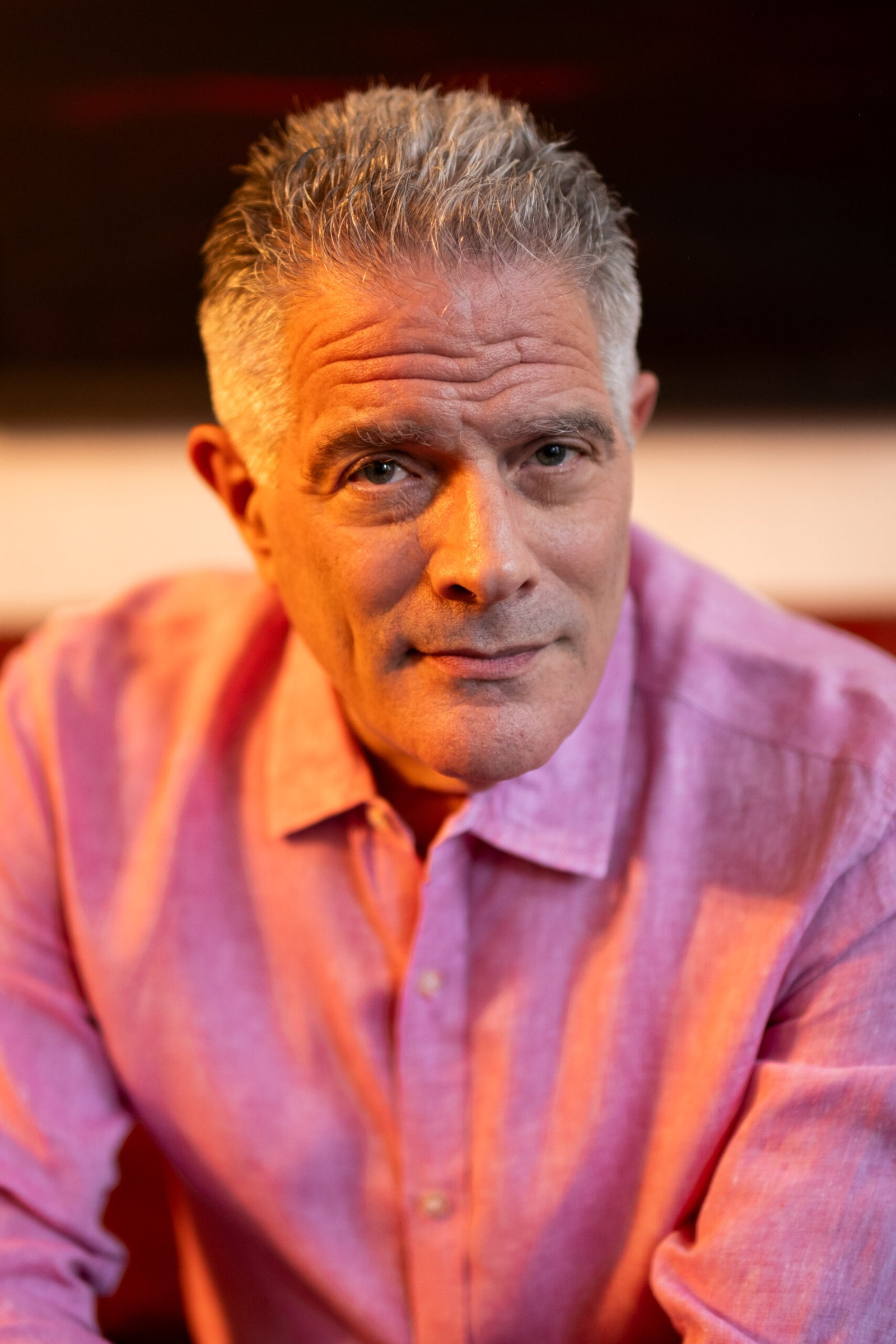This New York Times article tells the story of a woman with epilepsy who formed a bond with an AI chatbot trained in therapy. She described feeling less alone, emotionally recognized, and gained the confidence to reach out to others.
When our internal experience is reflected with emotional precision, it can reduce shame and foster coherence. Kohut called this “mirroring,” a basic psychological need. Even a simulated version can offer relief. It makes sense that this interaction could spark the courage to seek real connection.
AI is also appealing to professionals looking for coaching-style support with workplace challenges. It offers structure, neutrality, and constant availability.
But headlines that suggest AI can “make someone feel more human” miss something essential.
Therapy is not just about being recognized. It is about being met in a genuine relationship that must be alive.
I am no Freudian blank screen. I bring my full self — implicitly and explicitly — into the room without dominating it. That might mean a shared guffaw over pop culture. For some LGBTQ+ patients, David from Schitt’s Creek is therapeutic gold! Or a moment of political resonance in today’s “complicated” world. These are not throwaway moments. They are threads of twinship. The patient is not alone.
There is also play. A 23-year-old trans patient invites me into his online world — niche fashion spaces where identity and belonging blur and bloom. My curiosity is real. I ask not to analyze but to join. I become a fellow traveler. We ping ideas, imagining choices that once felt impossible — visions of community, creative autonomy, emotional legitimacy. We co-create possibilities.
And then there is “rupture and repair.” It happens in life, and it should happen in therapy. A misstep or misunderstanding, then the choice: step in or step back. It is the difference between reenacting wounds and reshaping them. In a way, it is good fighting — the kind that builds trust by surviving it.
One patient, a professional organizing a seminar, shared an email he planned to send to colleagues who hadn’t responded. I offhandedly called it “thirsty.” He agreed, didn’t send it. But something shifted. The next week, he was distant. I named it. He felt dismissed and nearly skipped the session. I apologized. I’d been reflecting on how my own experiences of professional rejection may have crept into the room. He smiled and leaned in. I also suggested I may have stirred feelings of being dismissed by his father. This opened a new dimension in our work. He wasn’t just soothed. He was seen. With a revised note, the seminar moved forward with new energy.
AI cannot do that. It does not risk. It does not rupture. It does not repair.
It may help someone take the first step. That’s not nothing. But real growth happens between people. In mutual recognition. In the courage to stay.
Announcement bar that can be easily closed, turned off or changed.

